Home>Gardening & Outdoor>Landscaping Ideas>Why Do Grass Lawns Grow After Mowing?
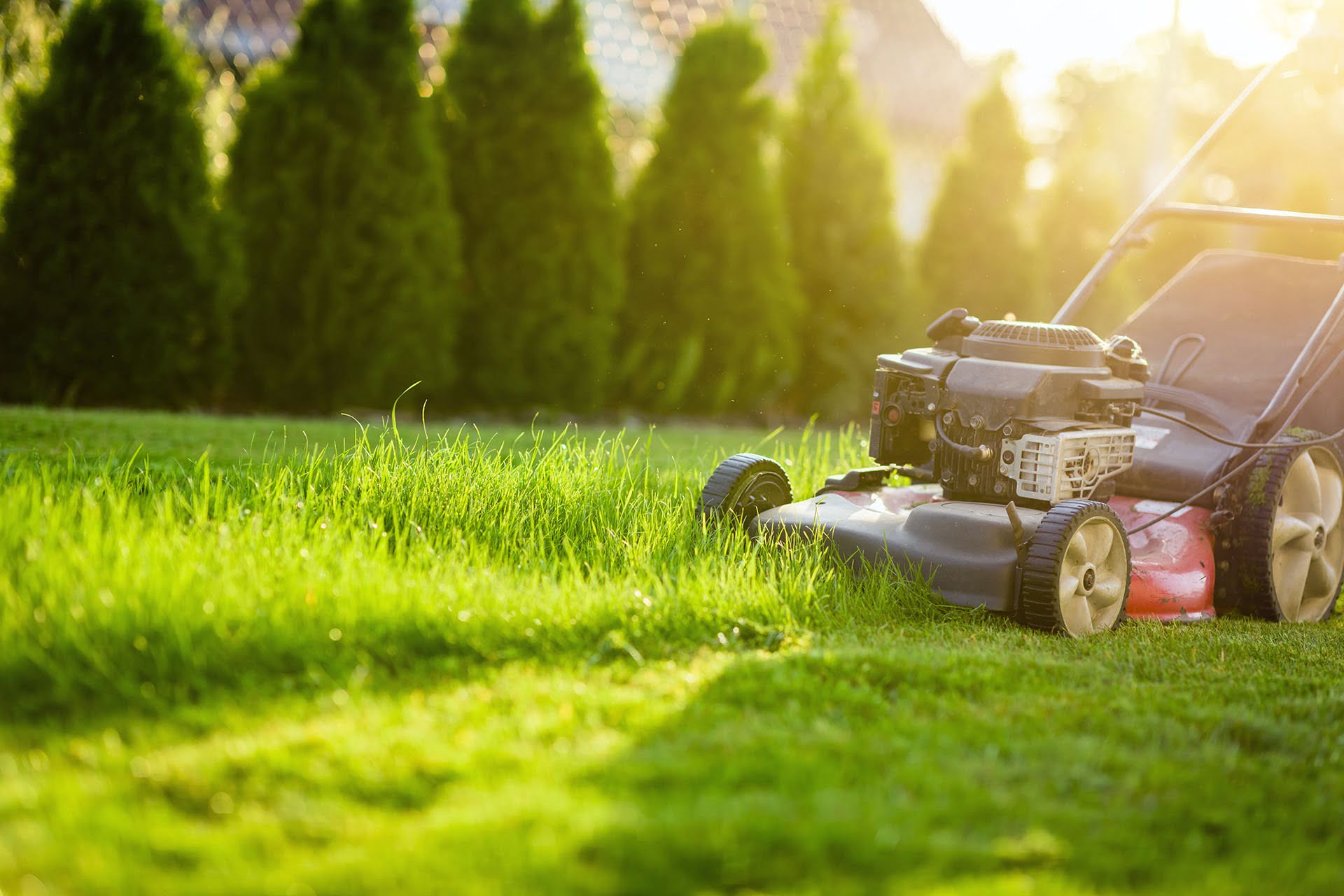

Landscaping Ideas
Why Do Grass Lawns Grow After Mowing?
Modified: January 24, 2024
Discover the science behind grass growth after mowing and get landscaping ideas for maintaining a lush, healthy lawn. Learn how to promote optimal growth and appearance.
(Many of the links in this article redirect to a specific reviewed product. Your purchase of these products through affiliate links helps to generate commission for Storables.com, at no extra cost. Learn more)
**
Introduction
**
When it comes to landscaping, the lush green expanse of a well-maintained lawn is a sight to behold. However, have you ever noticed how, after a good mowing session, the grass seems to bounce back even healthier and more vibrant than before? This phenomenon may pique your curiosity, prompting you to wonder about the science behind it. In this article, we will delve into the fascinating world of grass growth and explore the reasons behind the rejuvenating effect of mowing on your lawn.
The process of grass growth is a captivating display of nature's resilience and adaptability. Understanding the intricate mechanisms that drive this phenomenon can deepen our appreciation for the green carpets that adorn our outdoor spaces. Join us on this exploration as we uncover the secrets of why grass lawns grow after mowing, shedding light on the interplay of biological processes and environmental influences that contribute to the rejuvenation of your lawn.
Now, let's embark on a journey through the verdant realm of grass growth, unraveling the mysteries that unfold with each mowing cycle.
**
Key Takeaways:
- Grass lawns grow after mowing due to the stimulation of lateral shoot production, sunlight exposure, and hormonal responses, leading to denser and healthier turf.
- Environmental factors like sunlight, water, air, and soil quality also play a crucial role in nurturing the resilience and vitality of grass lawns, ensuring they thrive and flourish.
Read more: How To Pick Up Grass After Mowing
The Science of Grass Growth
**
Grass growth is a complex and intricate process governed by a combination of biological, environmental, and physiological factors. At the heart of this phenomenon lies the remarkable ability of grass plants to regenerate and proliferate, ensuring the continuous renewal of the lush green carpets that adorn our landscapes.
At the cellular level, grass growth is fueled by the process of photosynthesis, wherein the green pigment chlorophyll harnesses the energy of sunlight to convert carbon dioxide and water into glucose, the primary source of energy for the plant. This energy is then utilized to fuel various metabolic processes, including cell division, expansion, and the synthesis of essential compounds.
Furthermore, the growth of grass is facilitated by specialized structures called meristems, which are regions of actively dividing cells located at the tips of shoots and roots. These meristematic tissues drive the elongation of the plant and enable the formation of new leaves, stems, and roots, thereby contributing to the overall expansion and density of the grass cover.
Additionally, the genetic makeup of the grass species plays a pivotal role in determining its growth characteristics, including the rate of expansion, the development of lateral shoots, and the capacity to recover from disturbances such as mowing. Different grass varieties exhibit varying growth habits, with some displaying vigorous spreading tendencies, while others maintain a more upright and compact growth form.
As we unravel the intricacies of grass growth, it becomes evident that the resilience and vigor of these plants are finely tuned to thrive in diverse environmental conditions, adapting to fluctuations in temperature, moisture levels, and nutrient availability. This adaptability enables grasses to endure the rigors of mowing and swiftly rebound, replenishing the carpet of greenery that graces our lawns.
Now that we have gained insight into the scientific underpinnings of grass growth, let us explore the fascinating interplay between mowing and the rejuvenation of our lawns.
**
The Mowing Effect
**
As a fundamental component of lawn maintenance, mowing plays a pivotal role in shaping the growth patterns and overall health of grass lawns. When the sharp blades of a lawnmower slice through the verdant carpet, they induce a series of responses within the grass plants, stimulating a cascade of growth-promoting mechanisms.
One of the primary effects of mowing is the stimulation of lateral shoot production, leading to the development of a denser and more resilient turf. As the grass blades are trimmed, the plants respond by activating dormant buds located at the base of the stems, prompting the emergence of new shoots that contribute to the thickening of the sward. This lateral proliferation not only enhances the aesthetic appeal of the lawn but also fortifies its ability to withstand foot traffic and environmental stresses.
Moreover, mowing serves to regulate the height of the grass, preventing it from becoming excessively tall and reducing its susceptibility to diseases and pest infestations. By maintaining an optimal mowing height, the grass plants allocate resources more efficiently, directing energy towards root development and the synthesis of essential compounds, thereby bolstering their resilience and vitality.
Furthermore, the act of mowing removes the older, senescent leaves from the grass canopy, allowing sunlight to penetrate deeper into the sward and reach the lower foliage. This exposure to light stimulates photosynthetic activity in the remaining leaves, promoting the production of sugars and other organic compounds that fuel the growth and rejuvenation of the grass plants.
Additionally, the mechanical stress induced by mowing triggers a hormonally mediated response in the grass plants, prompting the release of growth-promoting substances that accelerate cell division and elongation. This physiological reaction, coupled with the enhanced nutrient uptake facilitated by well-maintained turf, fosters rapid regrowth and rejuvenation following each mowing session.
By understanding the profound impact of mowing on grass growth, we gain a deeper appreciation for the art and science of lawn care. The judicious application of mowing practices not only shapes the visual appeal of our outdoor spaces but also nurtures the resilience and vitality of the green tapestries that adorn our landscapes.
**
Grass lawns grow after mowing because cutting the grass stimulates the growth hormones in the plant, causing it to produce new shoots and leaves. This helps the grass to thicken and become more lush over time.
Environmental Factors
**
While the rejuvenating effects of mowing play a significant role in the growth and vitality of grass lawns, environmental factors also exert a profound influence on the overall health and resilience of these verdant landscapes. The interplay of sunlight, water, air, and soil quality forms the backdrop against which the intricate dance of grass growth unfolds, shaping the lush green expanses that grace our outdoor environments.
Sunlight stands as a primary driver of grass growth, serving as the essential energy source for photosynthesis, the process through which plants manufacture their food. Adequate exposure to sunlight fuels the production of sugars and other organic compounds, sustaining the metabolic processes that underpin the growth and rejuvenation of grass lawns. Consequently, ensuring that the lawn receives sufficient sunlight is crucial for nurturing healthy and vibrant turf.
Water, another indispensable element, plays a pivotal role in sustaining the hydration and turgidity of grass plants. Adequate moisture levels are essential for facilitating nutrient uptake, metabolic processes, and the transport of essential compounds throughout the plant. By maintaining optimal irrigation practices, we can safeguard the vigor and resilience of the lawn, enabling the grass to rebound swiftly after mowing and other disturbances.
Air, specifically carbon dioxide, is a vital component in the process of photosynthesis, serving as a raw material for the synthesis of organic compounds. Adequate ventilation and air circulation within the turf canopy promote efficient gas exchange, ensuring that the grass plants have access to the carbon dioxide needed to fuel their growth and rejuvenation.
Furthermore, the quality and composition of the soil profoundly influence the health and vitality of grass lawns. Well-structured, nutrient-rich soil provides an optimal foundation for robust grass growth, facilitating root development, nutrient uptake, and the establishment of a resilient turf. By implementing sound soil management practices, such as aeration and fertilization, we can create an environment that nurtures the flourishing of lush green lawns.
Understanding and optimizing these environmental factors are essential for fostering the growth and rejuvenation of grass lawns. By harmonizing the interplay of sunlight, water, air, and soil quality, we can create an environment that nurtures the resilience and vibrancy of the green carpets that adorn our outdoor spaces, ensuring that they thrive and flourish with each mowing cycle.
**
Conclusion
**
The enigmatic cycle of grass growth and rejuvenation unveils a captivating tapestry of biological intricacies and environmental influences, underscoring the remarkable resilience and adaptability of these verdant landscapes. From the cellular choreography of photosynthesis to the rejuvenating effects of mowing, every facet of the grass’s journey speaks to the tenacity and vigor of these humble yet extraordinary plants.
As we contemplate the science behind grass growth and the rejuvenating impact of mowing, we gain a deeper appreciation for the interwoven forces that shape the lush green lawns that embellish our outdoor spaces. The judicious application of mowing practices, coupled with a keen understanding of environmental factors, empowers us to nurture vibrant and resilient turf, ensuring that our lawns thrive and flourish with each passing season.
Ultimately, the rejuvenation of grass lawns after mowing is a testament to the harmonious interplay of biological resilience, environmental stewardship, and the artistry of lawn care. By embracing the intricate dance of grass growth and leveraging our understanding of its underlying principles, we can cultivate outdoor environments that inspire and delight, celebrating the timeless allure of nature’s green tapestries.
So, the next time you witness the rejuvenating effect of mowing on your lawn, take a moment to marvel at the wondrous symphony of growth and renewal that unfolds beneath your feet, and rejoice in the enduring beauty of the grassy canvases that grace our landscapes.
Frequently Asked Questions about Why Do Grass Lawns Grow After Mowing?
Was this page helpful?
At Storables.com, we guarantee accurate and reliable information. Our content, validated by Expert Board Contributors, is crafted following stringent Editorial Policies. We're committed to providing you with well-researched, expert-backed insights for all your informational needs.
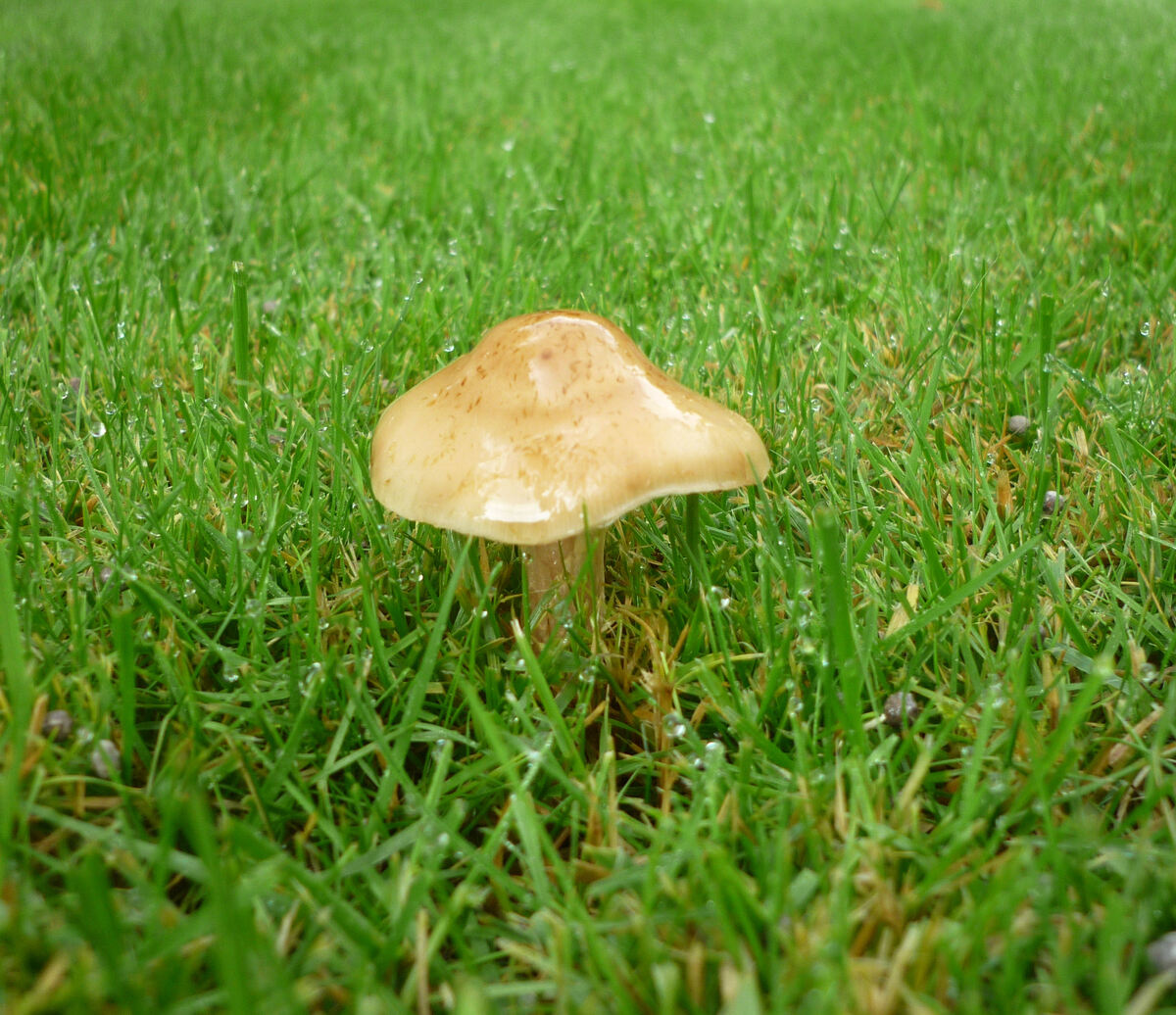
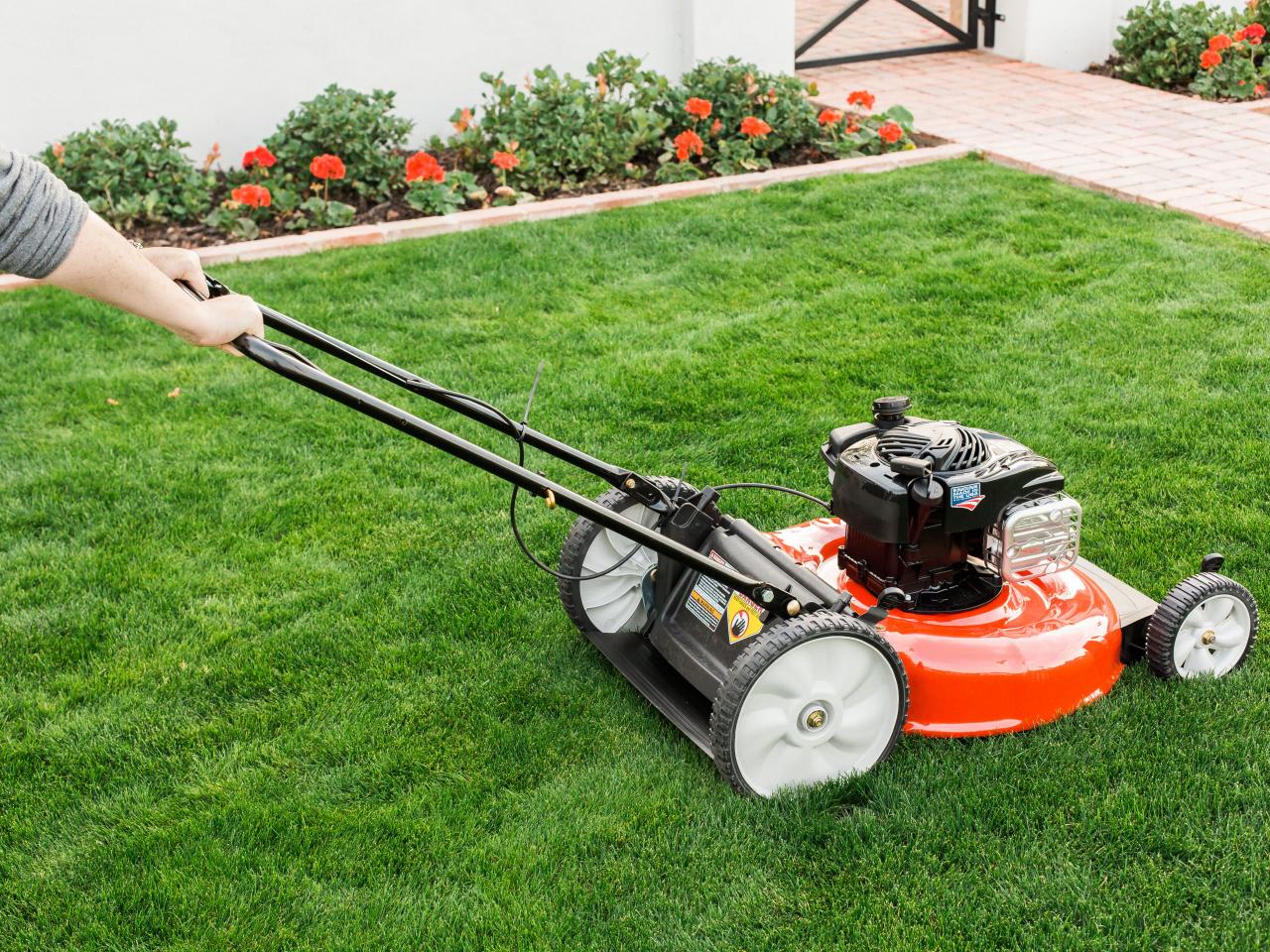
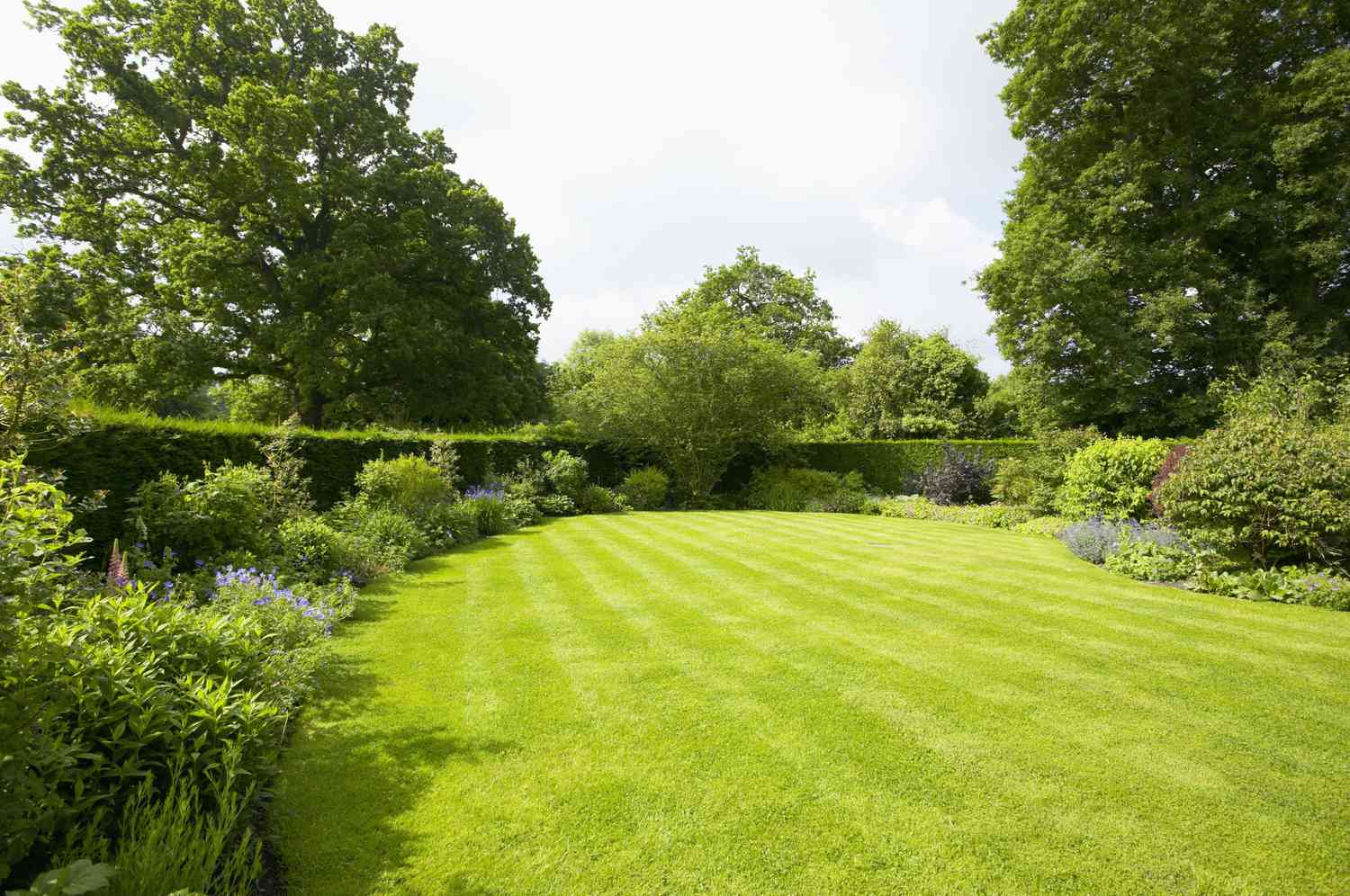
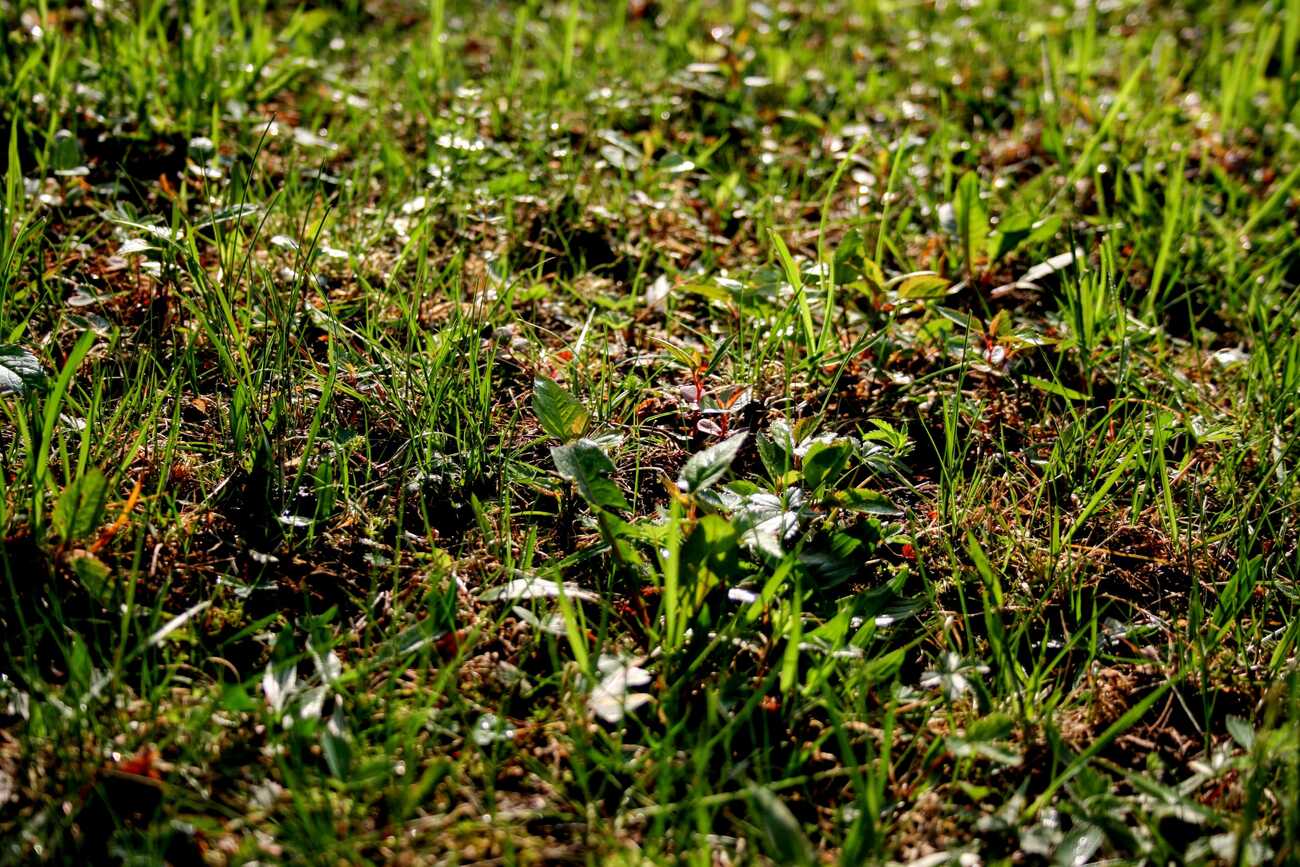
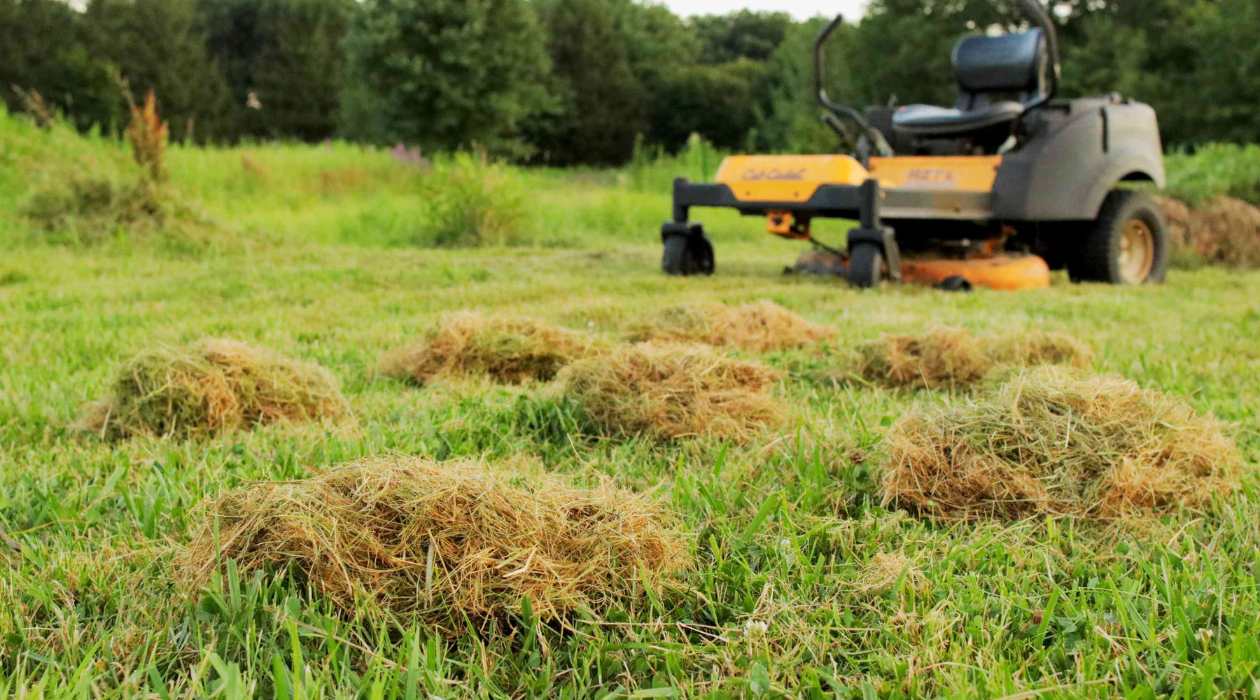
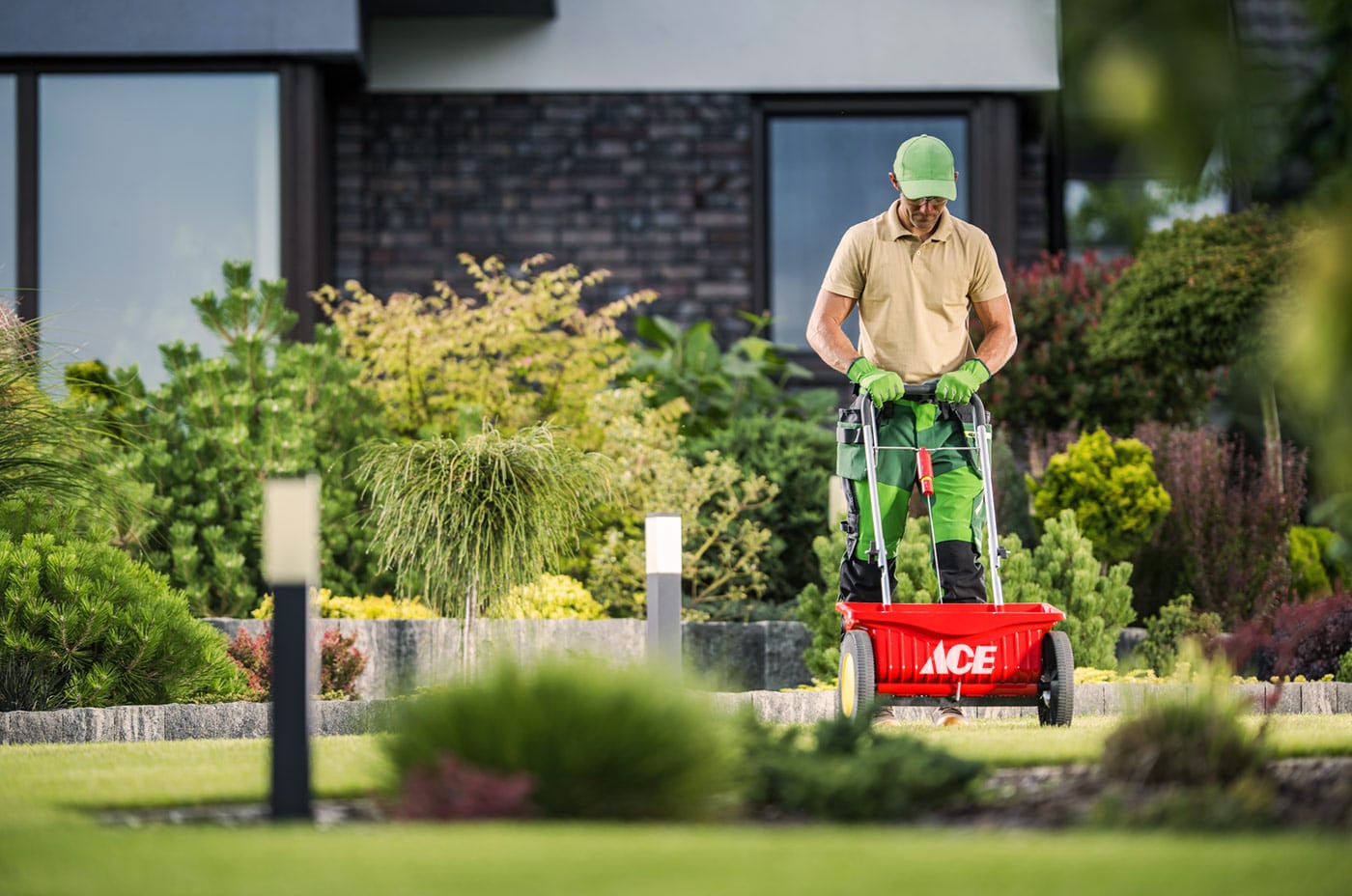
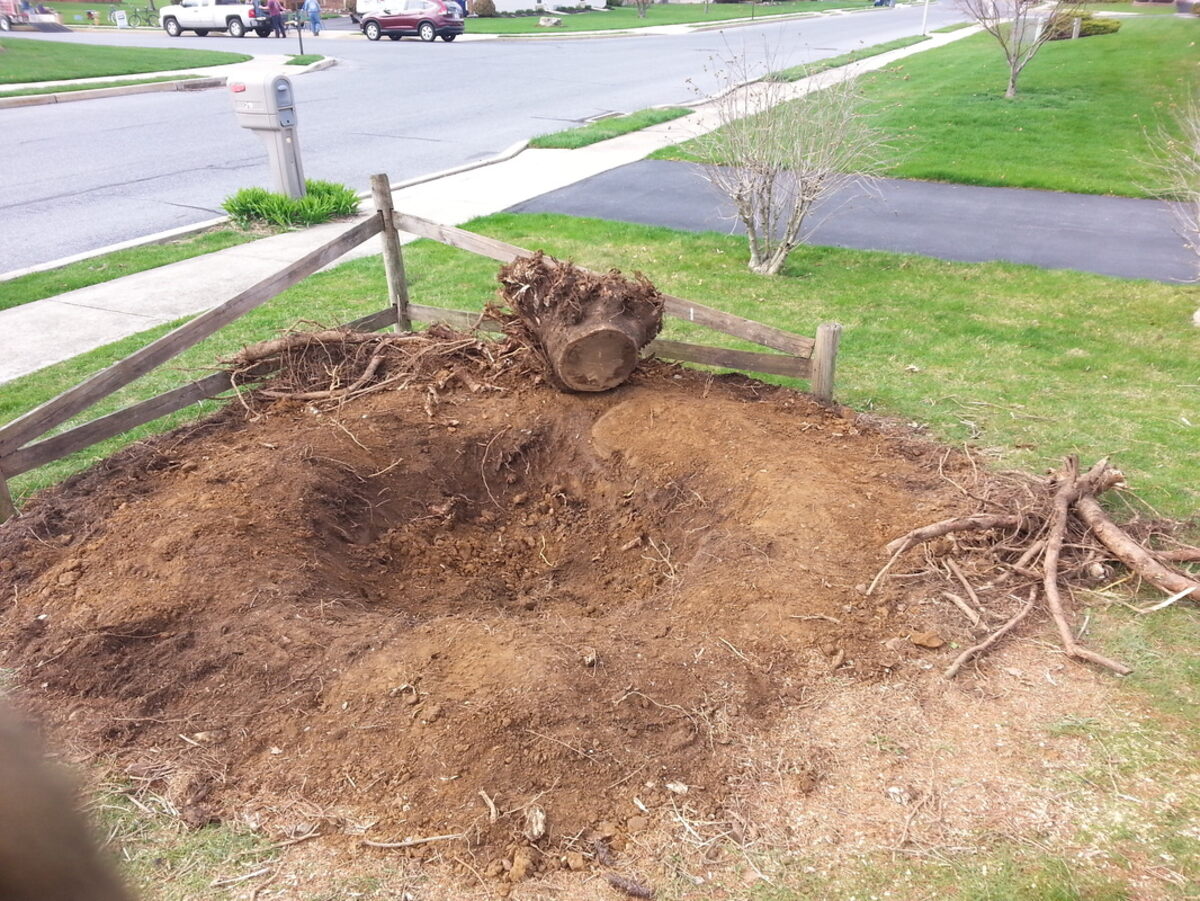
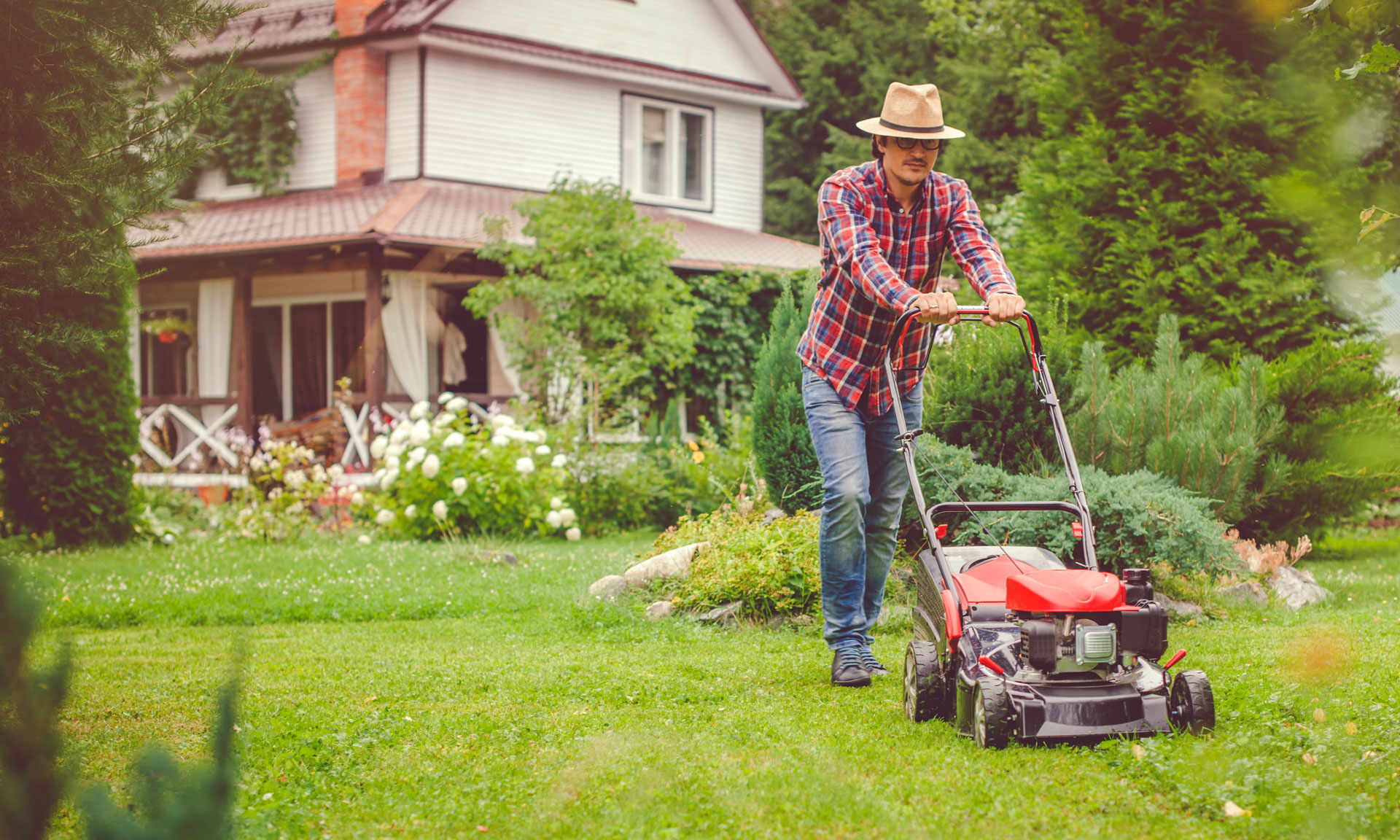
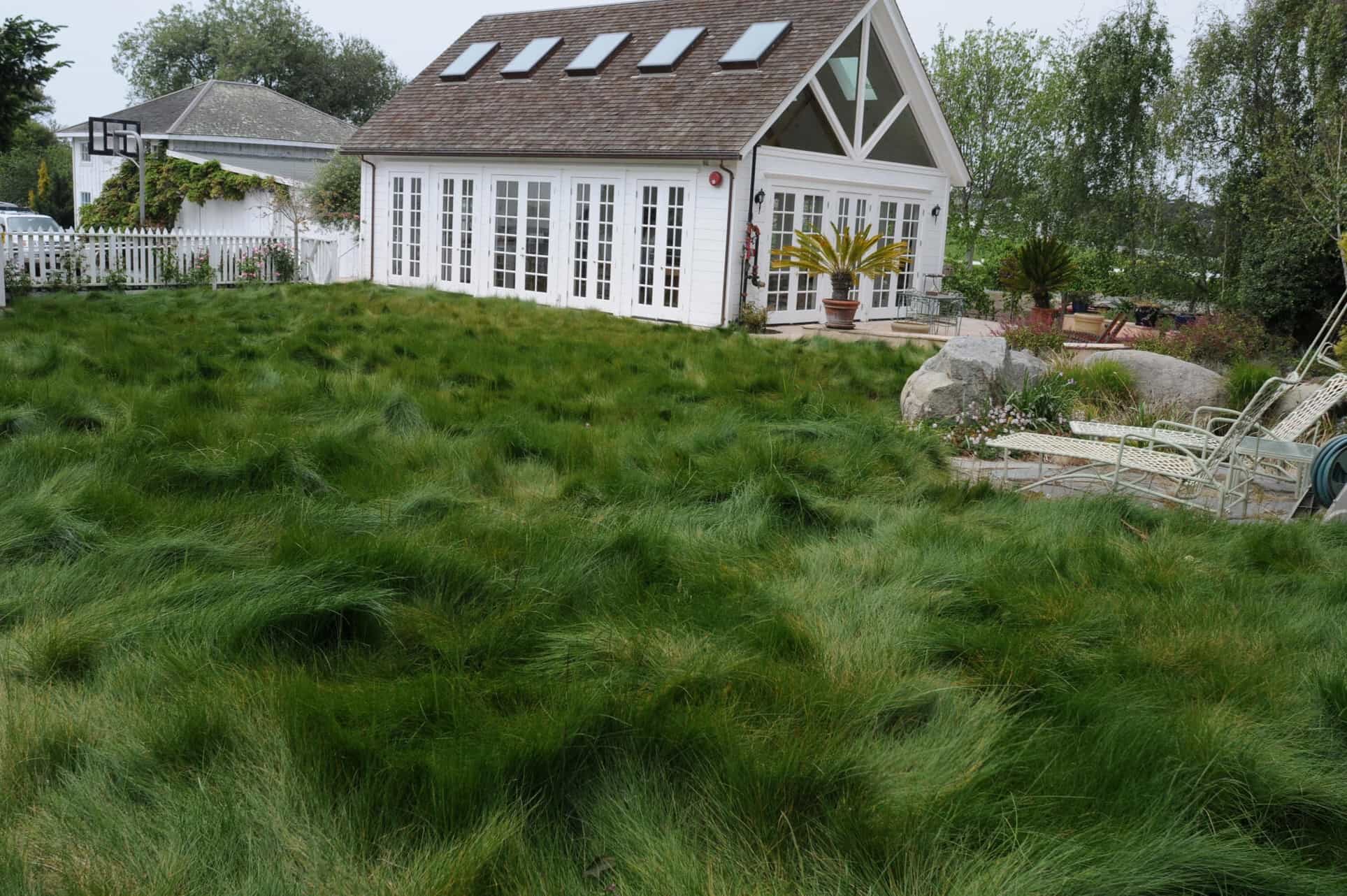
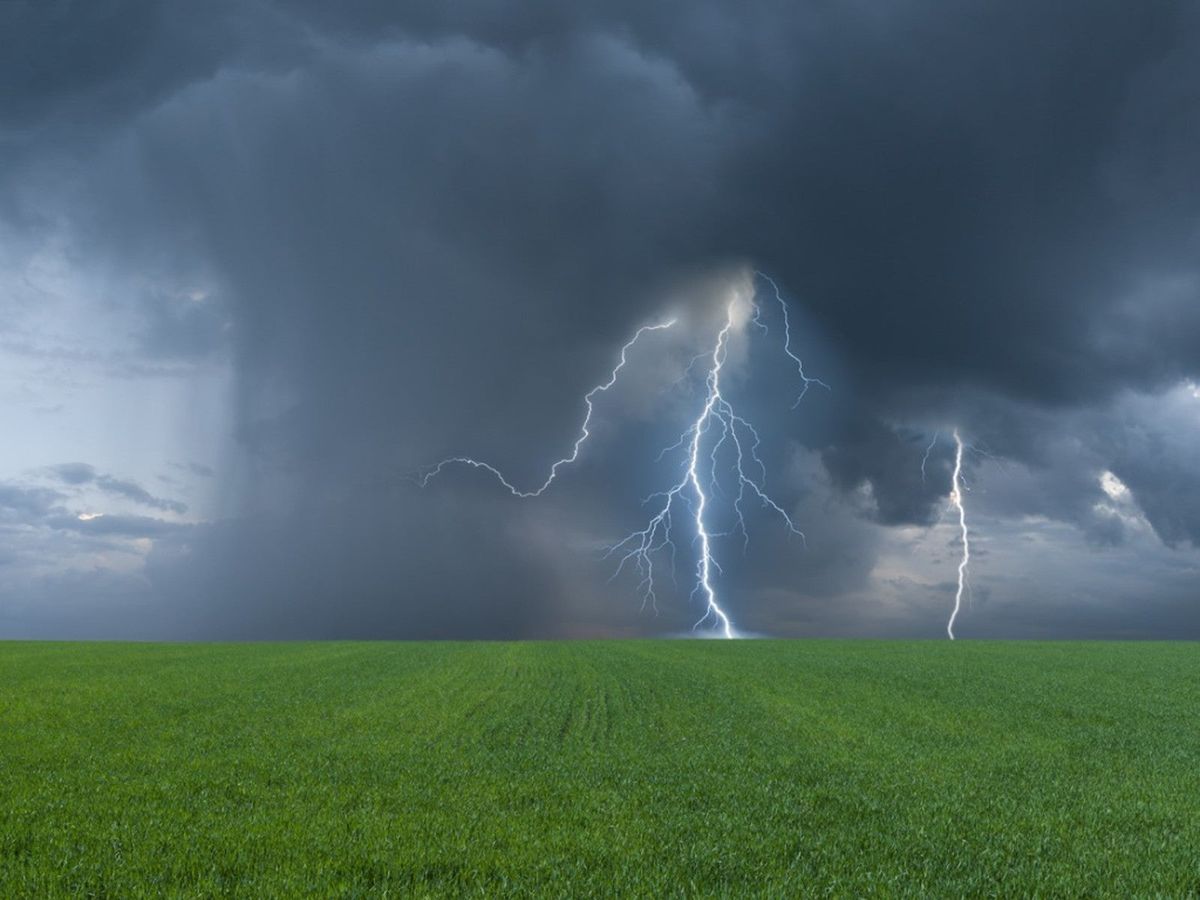
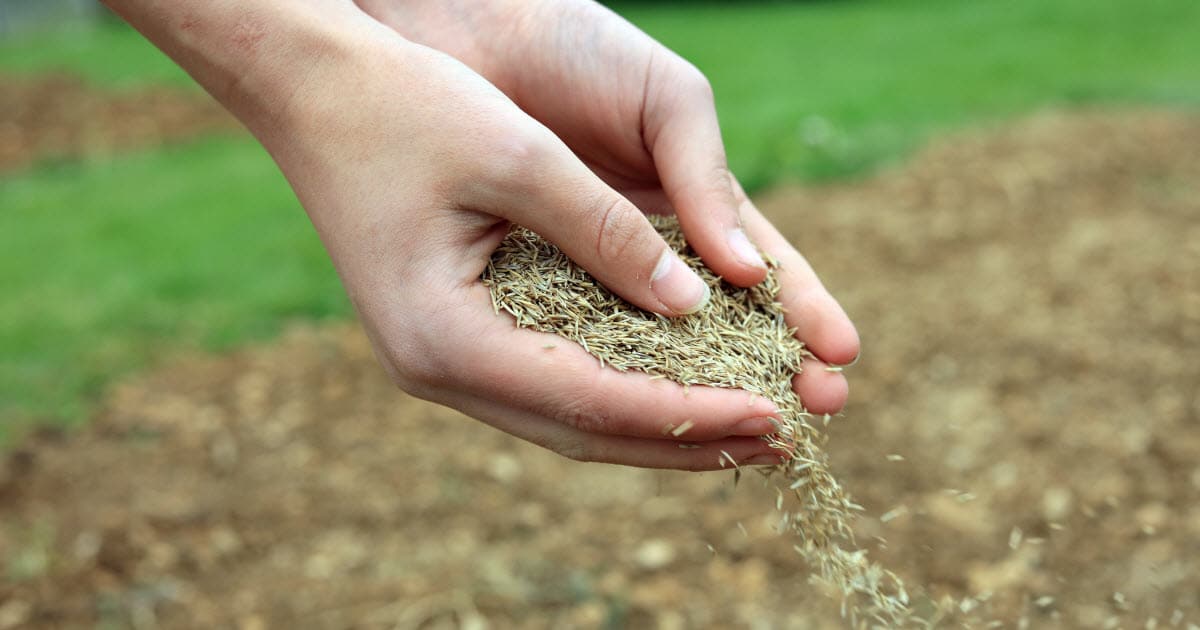
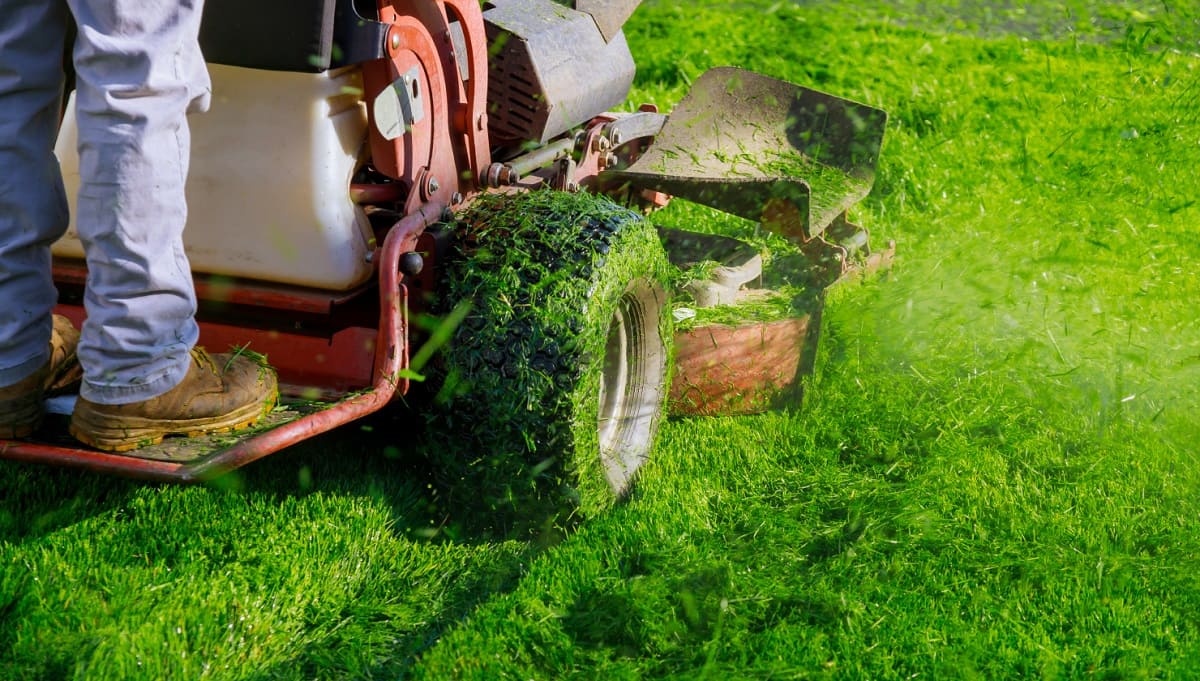
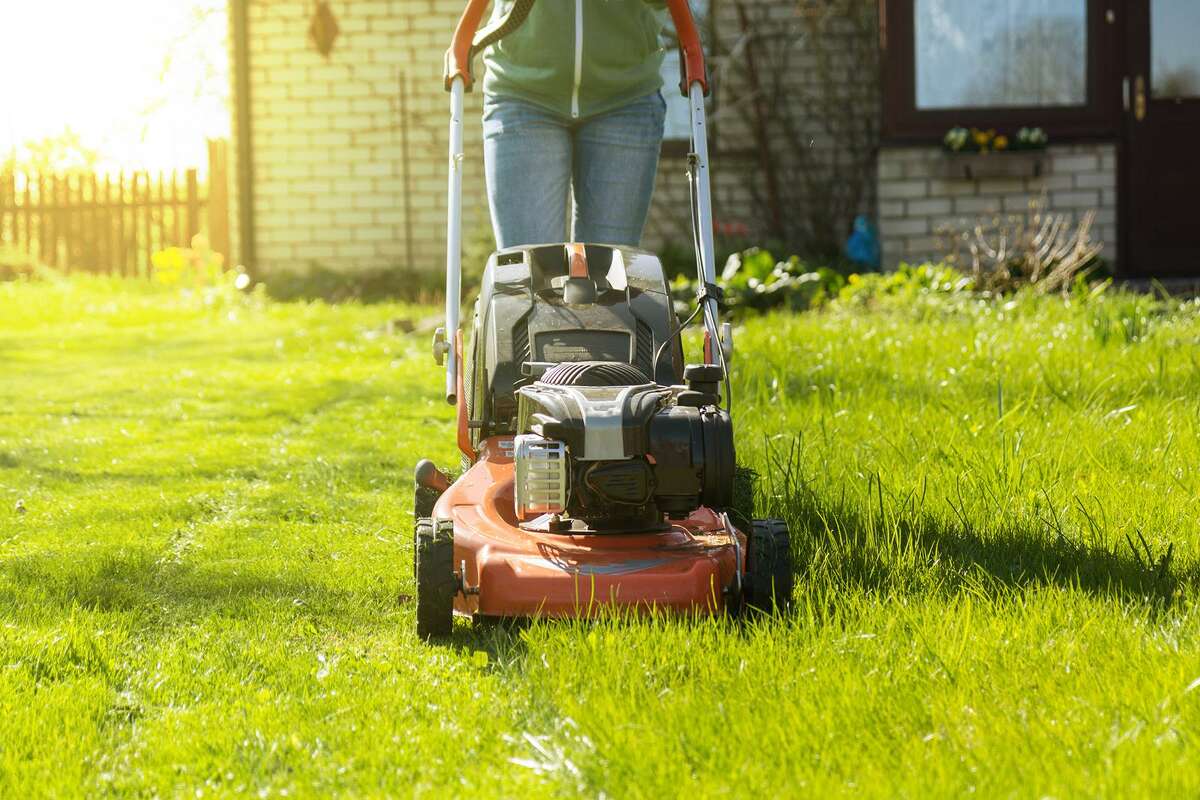
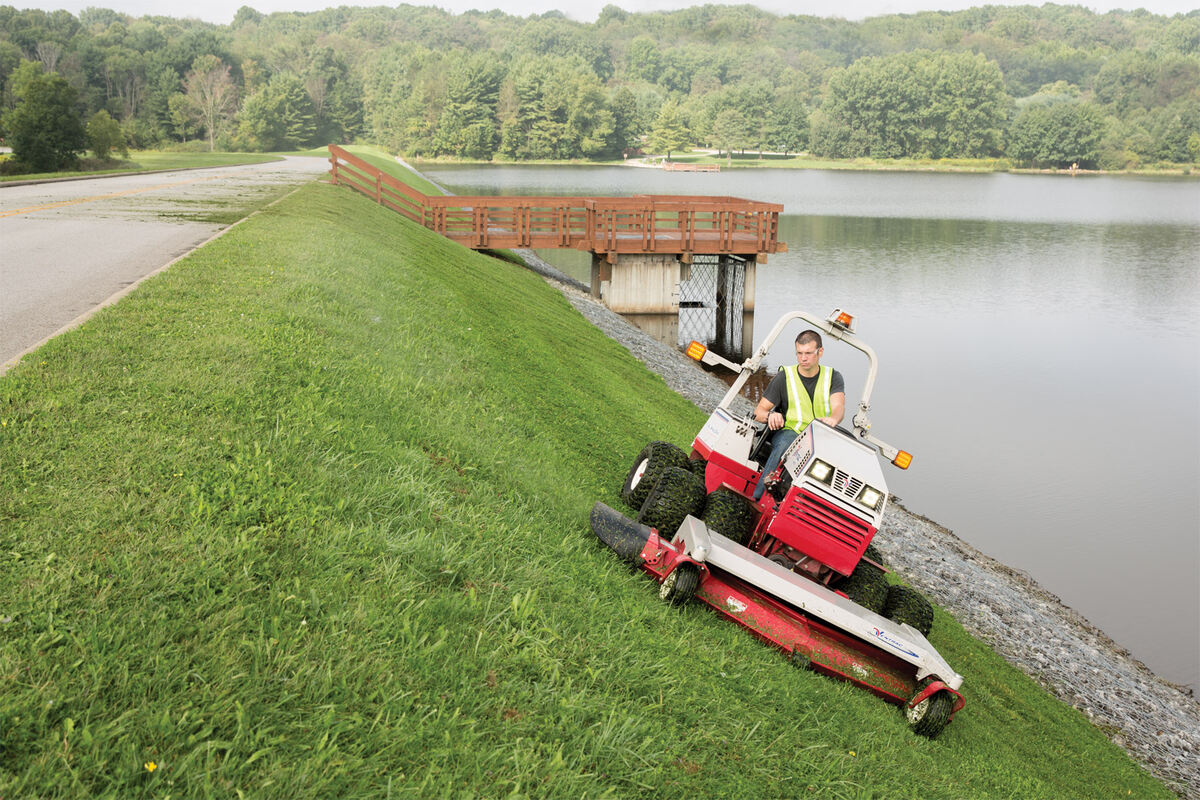
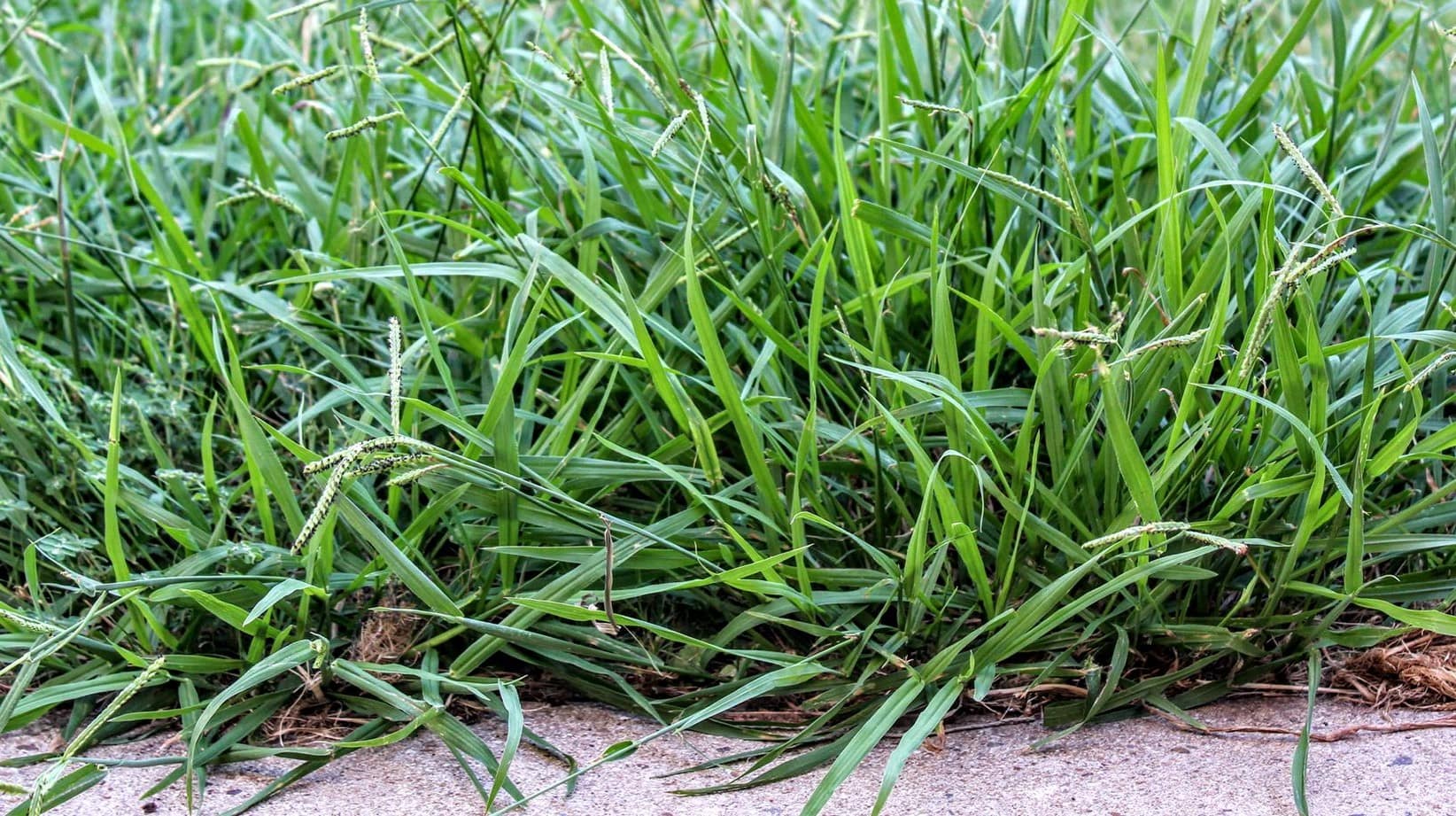

0 thoughts on “Why Do Grass Lawns Grow After Mowing?”